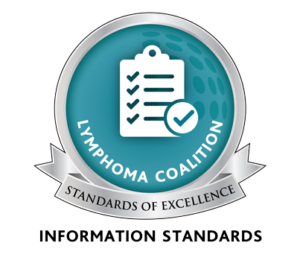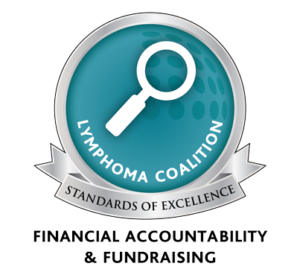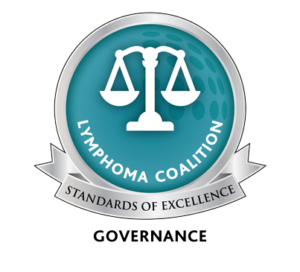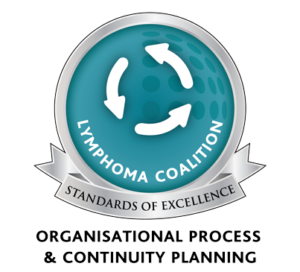Chemotherapy Treatment Plans for Non-Hodgkin Lymphoma Explained
Chemotherapy is a type of treatment that includes a drug or combination of drugs to kill cancer cells. A combination of drugs is often prescribed to improve the chances for success as each drug kills the cancer in a different way. If chemotherapy is given in combination with antibody therapy it is called chemoimmunotherapy (CIT).
How chemotherapy works
Chemotherapy is a systemic therapy, which means it affects the whole body. Chemotherapy targets and kills cells that grow and divide quickly, such as cancer cells. Because of how they work, chemotherapy drugs can also have the same effect on normal cells that divide quickly, like hair, nails, and the cells in your mouth and digestive tract. This is why chemotherapy can cause side effects including hair loss, diarrhea, nausea and vomiting.
How chemotherapy is given
Each dose of chemotherapy kills only a percentage of cancer cells. For this reason, chemotherapy is often given in multiple doses in order to destroy as many cancer cells as possible.
Chemotherapy treatment is usually followed by a period of rest and recovery. Together, each period of treatment and recovery is called a chemotherapy cycle. Chemotherapy drugs may be given once per cycle or on multiple days per cycle, depending on your treatment plan. The full course of chemotherapy (the total number of cycles) may take several months.
A typical treatment session will involve having blood tests and a visit with your oncologist or nurse, followed by your chemotherapy.
Many chemotherapy drugs are given by needle directly into a vein (intravenous or IV infusion). Some drugs are given by mouth as capsules or pills.
If you are going to receive intravenous drugs, your doctor might recommend having a central venous catheter inserted. This is usually only required for patients with small or fragile veins that make it difficult to insert a standard intravenous needle into a vein in the arm.
A venous catheter (a small, flexible plastic tube) is a device that is put into a vein to make it easier to give medication. There are different types but each device works in the same way. The one chosen for you will depend on the normal practices at your hospital.
Standard chemotherapy drugs that doctors use to treat CLL, alone or in combination include:
- Fludarabine (Fludara®)
- Cyclophosphamide (Cytoxan®)
- Bendamustine (Treanda®)
- Chlorambucil (Leukeran®)
- Doxorubicin (Adriamycin®)
- Vincristine (Oncovin®)
Types of chemotherapy
There are many different ways of attacking rapidly dividing cells and hence, many different types of chemotherapy. Some types of chemotherapy drugs interact with receptors on the surface of cancer cells, some damage cell structures necessary for cell division and some directly target the cancer cell’s DNA, the genetic material of the cell.
Because these are all different ways of achieving the same result—death of the cancer cells—chemotherapy drugs are often given in combination in order to attack the lymphoma cells from all possible angles to increase the odds of achieving remission. Chemotherapy combinations are often known by the initials of the names of the drugs in the combination. Two of the most common combinations used in NHL are called CHOP and CVP.
CHOP is a combination of four drugs, namely, three chemotherapy medications and one steroid medication
- Cyclophosphamide
- Doxorubicin (also called Hydroxydaunorubicin)
- Vincristine (also called Oncovin)
- Prednisone (the steroid medication).
CVP is a combination of two chemotherapy drugs and a steroid:
- Cyclophosphamide
- Vincristine (also called Oncovin)
- Prednisone (the steroid medication).
Steroid medications are included in these regimens as they are effective therapies for lymphoma and can quickly get NHL symptoms under control.
The type of chemotherapy a patient with NHL receives depends on a number of variables, including:
- The type of NHL
- The grade of NHL (whether the NHL is indolent or aggressive)
- The stage of NHL
- Whether it’s the first NHL treatment for the patient or if the NHL has relapsed following prior therapy
- The symptoms the patient is experiencing
- The overall health of the patient including age, medical history and vitality (often referred to as the performance status of the patient)
- The recommendations of the medical oncologist
- The choice and participation of the patient in the treatment decision process.





